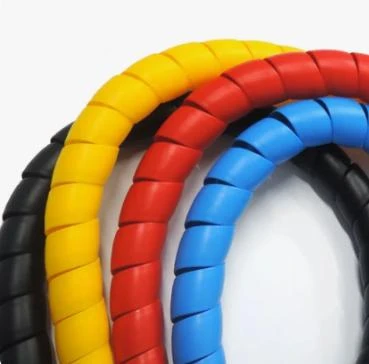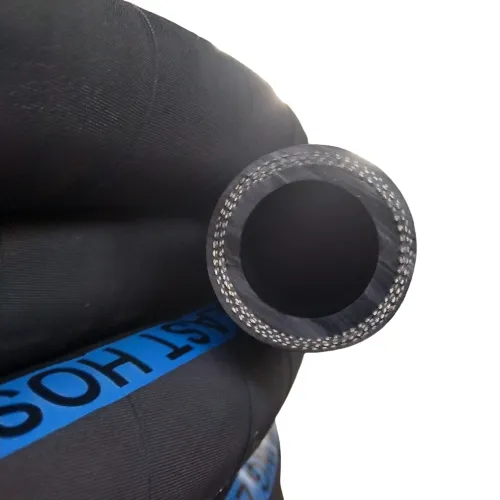
- Afrikaans
- Albanian
- Amharic
- Arabic
- Armenian
- Azerbaijani
- Basque
- Belarusian
- Bengali
- Bosnian
- Bulgarian
- Catalan
- Cebuano
- Corsican
- Croatian
- Czech
- Danish
- Dutch
- English
- Esperanto
- Estonian
- Finnish
- French
- Frisian
- Galician
- Georgian
- German
- Greek
- Gujarati
- haitian_creole
- hausa
- hawaiian
- Hebrew
- Hindi
- Miao
- Hungarian
- Icelandic
- igbo
- Indonesian
- irish
- Italian
- Japanese
- Javanese
- Kannada
- kazakh
- Khmer
- Rwandese
- Korean
- Kurdish
- Kyrgyz
- Lao
- Latin
- Latvian
- Lithuanian
- Luxembourgish
- Macedonian
- Malgashi
- Malay
- Malayalam
- Maltese
- Maori
- Marathi
- Mongolian
- Myanmar
- Nepali
- Norwegian
- Norwegian
- Occitan
- Pashto
- Persian
- Polish
- Portuguese
- Punjabi
- Romanian
- Russian
- Samoan
- scottish-gaelic
- Serbian
- Sesotho
- Shona
- Sindhi
- Sinhala
- Slovak
- Slovenian
- Somali
- Spanish
- Sundanese
- Swahili
- Swedish
- Tagalog
- Tajik
- Tamil
- Tatar
- Telugu
- Thai
- Turkish
- Turkmen
- Ukrainian
- Urdu
- Uighur
- Uzbek
- Vietnamese
- Welsh
- Bantu
- Yiddish
- Yoruba
- Zulu

Úno . 19, 2025 05:02 Back to list
hydraulic rubber hose pipe


Ease of installation and maintenance is also pivotal. Hydraulic systems often require hoses to navigate through tight spaces or bend around corners. Choosing a hose with appropriate flexibility reduces stress on the connections and increases the lifespan of the system. Additionally, considering the ease of installing fittings and connectors can save both time and labor costs. Repeatability and replacement are concerns for all industrial applications. Knowing the expected service life and the availability of replacement parts ensures seamless operations. Partnering with reputable manufacturers and suppliers who guarantee consistent quality can provide peace of mind. Innovations in hydraulic rubber hose technology continue to enhance performance and sustainability. Reinforcements are increasingly made with synthetic fibers that reduce weight without compromising strength. Additionally, advancements in rubber compounds have led to hoses with extended life cycles and reduced environmental impact. Safety standards and certifications are non-negotiables for trustworthiness. Look for hoses that comply with relevant standards such as ISO, SAE, or EN. These certifications assure that the hoses have undergone rigorous testing and meet industry expectations for performance and safety. Finally, comprehensive documentation and support from manufacturers can heighten the trustworthiness of your choice. Clear guidelines and responsive customer service aids in installation, troubleshooting, and maximizing hose lifespan. Exploring case studies or reviews from other industry professionals can further validate your decision, reinforcing the reliability of the product. In conclusion, selecting the right hydraulic rubber hose pipe requires a nuanced understanding of material compatibility, construction, adaptability to conditions, and compliance with safety standards. By approaching this choice with due diligence and informed expertise, you can optimize your operations while ensuring safety and efficiency.
Latest News
Steel Wire Reinforced Hydraulic Hose SAE 100 R1 / EN853 1SN S
NewsOct.17,2024
Two Layers Steel Wire Reinforced Hydraulic Hose SAE 100 R2 / EN853 2SN
NewsSep.03,2024
Textile Braid Reinforced Hydraulic Hose SAE100 R3+R6
NewsSep.03,2024
Textile Reinforced Hydraulic oil Suction Hose with embedded Steel Wire SAE 100 R4
NewsSep.03,2024
Single Wire Braid and Textile Covered Hydraulic Hose SAE 100 R5
NewsSep.03,2024
High Pressure Thermoplastic Hydraulic Hose SAE 100 R7 / EN855 R7 - SAE 100 R8 / EN855 R8
NewsSep.03,2024
Heavy Duty Four-layer Steel Wire Spiral Reinforced Hydraulic Hose SAE100R9+R10+R12
NewsSep.03,2024
Heavy Duty Multi-layer Steel Wire Reinforced Hydraulic Hose SAE100R13 SAE100R15
NewsSep.03,2024
Latest Products










